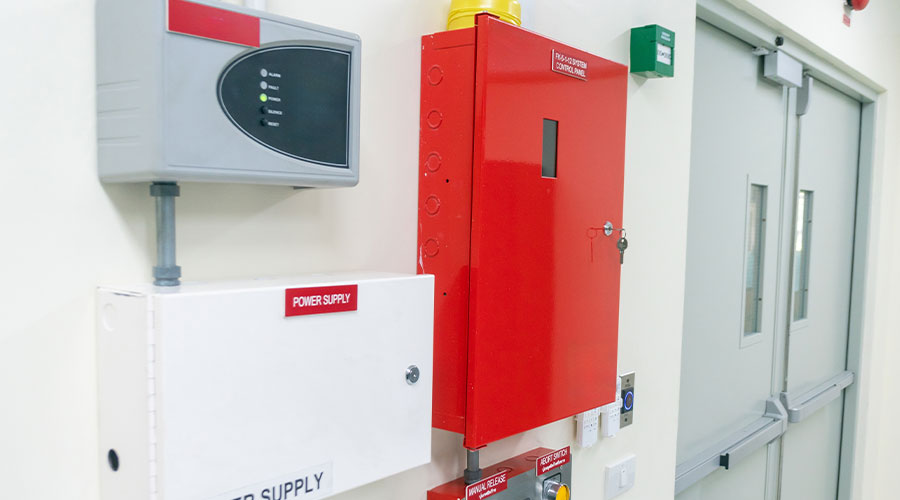Understanding the Three Types of Infrared Cameras
As bottom-line considerations become ever more critical, institutional and commercial facilities are relying more heavily on the early diagnosis of problems related to building performance as a way to detect problems — small and potentially large — and hold down energy costs.
To achieve these goals, maintenance and engineering managers are looking for all available options to help front-line technicians perform troubleshooting and monitoring tasks. Among the most powerful tools technicians have for these tasks is infrared, or thermal, imaging.
Infrared cameras have progressed immensely to become viable, cost-effective, and critical tools for technicians. Using today’s infrared cameras, technicians are better able to help their organizations avoid costly downtime, cut repair costs, and identify building-envelope problems before they become costly capital budget repairs and replacements.
Close-up on Cameras
With the interest growing in infrared technology, many manufacturers are developing new products in all shapes and sizes. So it is important for managers to understand the technology to specify the type of camera best suited to a particular application.
Infrared cameras come in three basic types: short wavelength, mid-wavelength, and long wavelength. Each type has its own place in facilities maintenance, depending on use and operation.
Short-wavelength infrared cameras typically detect infrared wavelengths in the spectral range of 0.9-1.7 microns, which is very close to the visible light spectrum. This type of camera delivers very high resolution, relative to the visible light spectrum in its shadow contrast and detail.
Mid-wavelength cameras typically detect infrared wavelengths in the spectral range of 2-5 microns, and they deliver higher resolution with accurate readings. The images are not as detailed as those produced by long wavelength cameras, due to an increased amount of atmospheric absorption within this spectral range. Cameras in this range are used for extreme high-temperature readings, such as scanning boiler applications and ballasted, single-ply roofing systems.
Long-wavelength cameras — the most popular infrared camera — typically detect infrared wavelengths in the range of 7-12 microns. Cameras operating in this spectral range provide great deal of detail because atmospheric absorption is minimal. Both long- and mid-wavelength cameras provide accurate temperature measurements and can produce detailed differences across small or large temperature ranges.
Related Topics:










